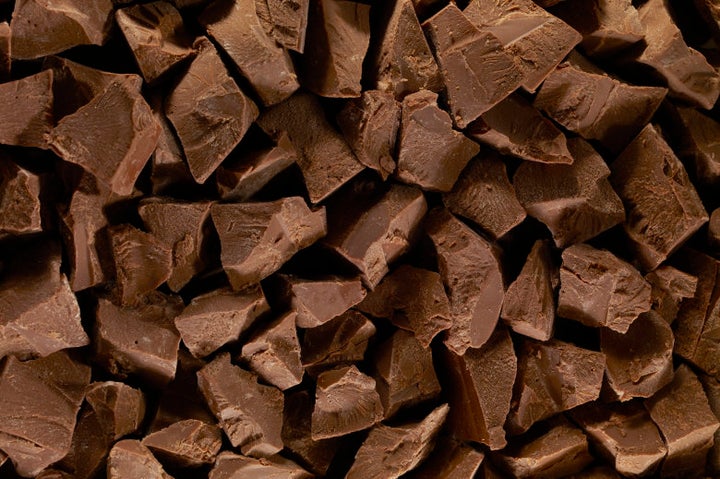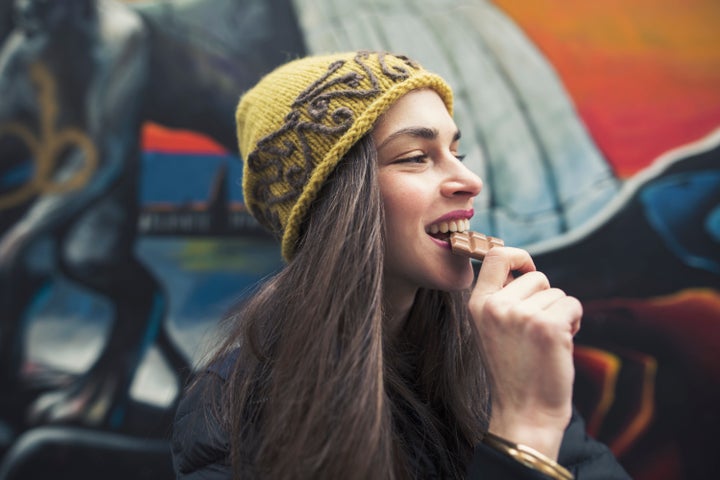Whether it’s coffee, wine or chocolate: if you’re going to have a vice, make sure that you go in for the decent stuff. The good news is, with all three, ‘decent’ tends to mean ‘sustainable,’ too.
High quality, high cocoa percentage chocolate, especially, is often the product of smaller businesses who have direct relationships with the farmers who cultivate the beans – and tend to have an emphasis on eco-friendly growing methods, too.

We spoke to some of the UK’s top sustainable chocolatiers for their sweet treat-shopping tips. Here’s their thoughts.
1. The fewer ingredients, the better.
“With chocolate, it’s simplicity all the way,” Helen Pattinson, co-founder of Sussex-based ethical chocolate company Montezumas, tells us.
If you can spot a ton of additives in the ingredients list, steer clear. Chances are those hard-to-pronounce chemicals aren’t good for you or the planet.
2. Check for cocoa butter.
“Some mass chocolate producers will take out some of the cocoa butter (because it’s so valuable) and sell it on the commodity market of the cosmetics industry. This means that they are taking out natural fats and replacing them with palm or vegetable oil.
“This creates sustainability issues, as well as replacing a liquid fat with a greasy alternative, affecting the consistency of the chocolate,” Helen says.
3. Beware of the price.
“If a chocolate bar costs less than £3-4, be aware that you are probably buying a bar that is remoulded. Its flavour will be derived more from additives than the real flavour of rare and awesome cocoa beans, whose cultivation has sustainability at its heart,” Spencer Hyman, founder of Cocoa Runners, tells us.

4. Look at where the cocoa beans come from.
“If you can’t see the name of the cocoa farmer, farm or estate on the packaging, be wary. Especially if it just gives you the country they came from, and nothing else,” Spencer says.
5. Look at where and how it’s been crafted.
“Do your research. Look for chocolate that has been developed from a small batch and details of the farm, bean and how the bar has been crafted. Don’t be fooled by pretty pictures,” Spencer tells us.
6. The higher the cocoa levels, the better.
An obvious one maybe, but important nonetheless.
“Obviously dark chocolate will have the highest levels, but even with milk chocolate it should be thirty five to forty per cent,” Helen tells us.